Culture and Religion
A world view where the guide for society is based on human nature,
not on ancient scriptures. Home or Topic Groups
Midwestern USA Solar Cycle Analysis
The charts in this web page set plot the relationship of the solar sun spot cycle lengths and the 10-year average temperature anomalies in the GISS raw data set. The temperature values are averages over the 10-year span centered on the next solar cycle maximum, assuming that much of a lag from the effects of a solar cycle (where a shorter cycle presumably adds more heat to the earth's oceans while a longer cycle presumably adds less heat). For each chart, if there were a tight correlation between solar cycle length and temperature trends then the averages would plot from the upper left (where shorter cycles are warmer) to the lower right (where the longer cycles are cooler). Around the world some locations follow this relationship closer than do others. Locations in the upper Northern Hemisphere seem to conform better than locations elsewhere.
The following graphs are for the states in the Midwest Region, by their names in alphabetical order like this:
IL,IN,IA,KS,MI,MN,MO,NE,ND,OH,SD,WI
Since the anthropogenic global warming debate is about CO2 levels, Each graph plots the 10-year average of the temperature anomalies (departure for the raw temperature from the average, to smooth out peaks/valleys seen in a shorter span) against the scaled CO2 levels. The CO2 values are scaled so the plot of them with the temperatures fit in the single graph. This scaling for CO2 data (also an average as CO2 has both an annual cycle and a seasonal cycle) was done by visual judgment of the relationship over time, not for a data point from one's plot to align with the other's data point. These graphs are for only the simple visual comparison not a numerical comparison (between a temperature and CO2).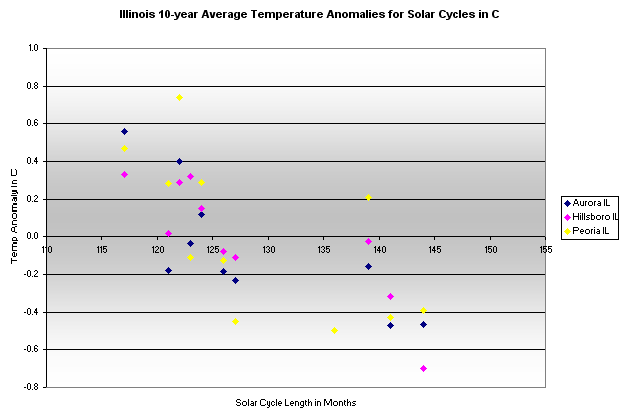

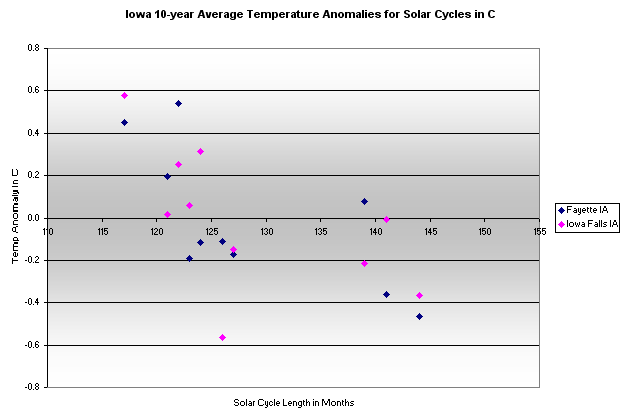

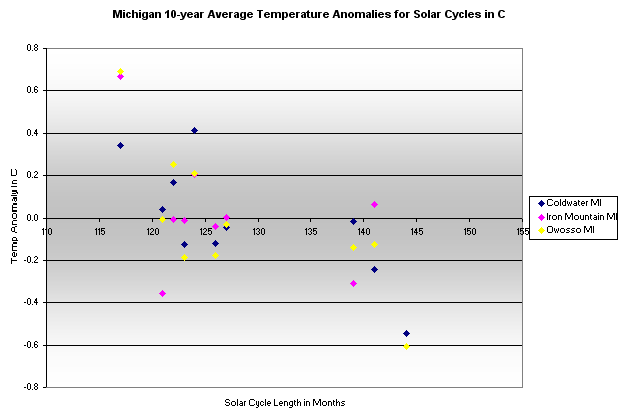

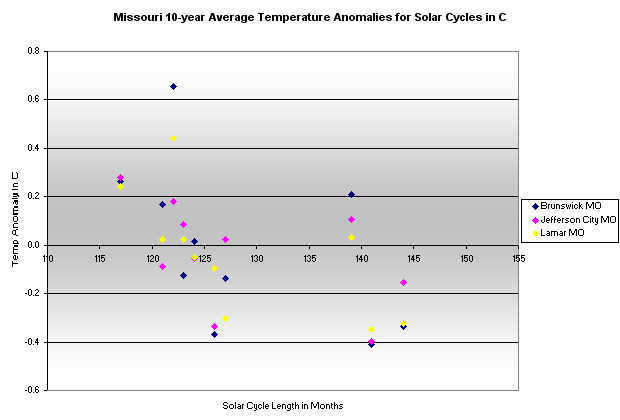
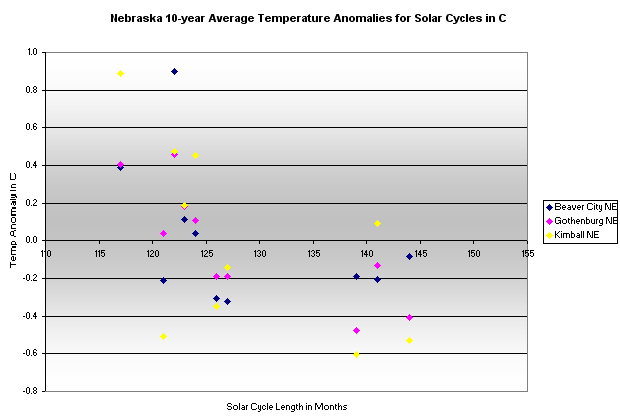
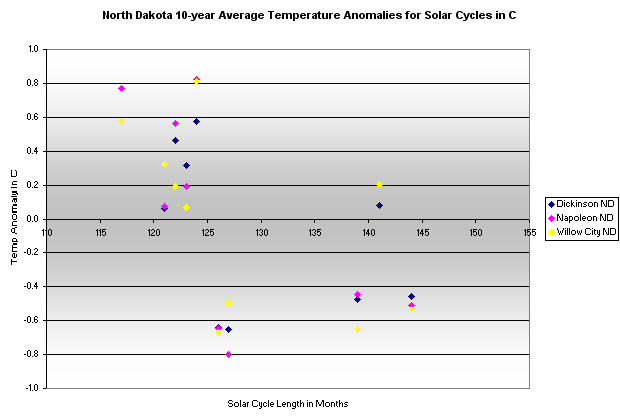
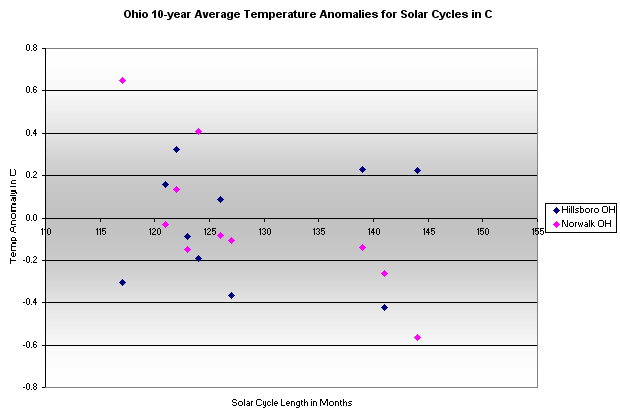
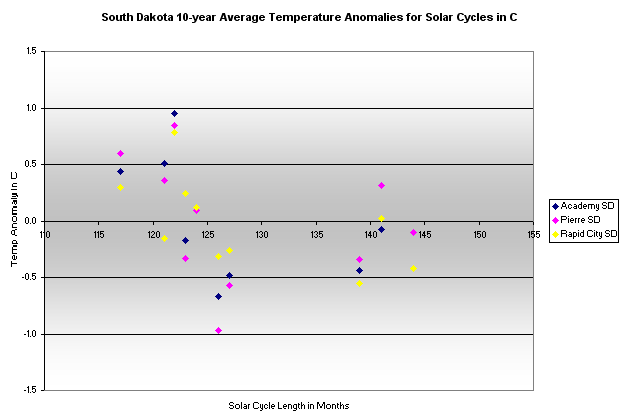

created - Jan. 2011
last change - 08/202018/
Here is the list of topics in this AGW Topic Group .
All Topic Groups are available by selecting More TG.
All topics in the site are in the Site Map, where each Topic Group has its topics indented below it.
Ctrl + for zoom in; Ctrl - for zoom out ; Ctrl 0 for no zoom;
triple-tap for zoom to fit; pinch for zoom change; pinched for no zoom